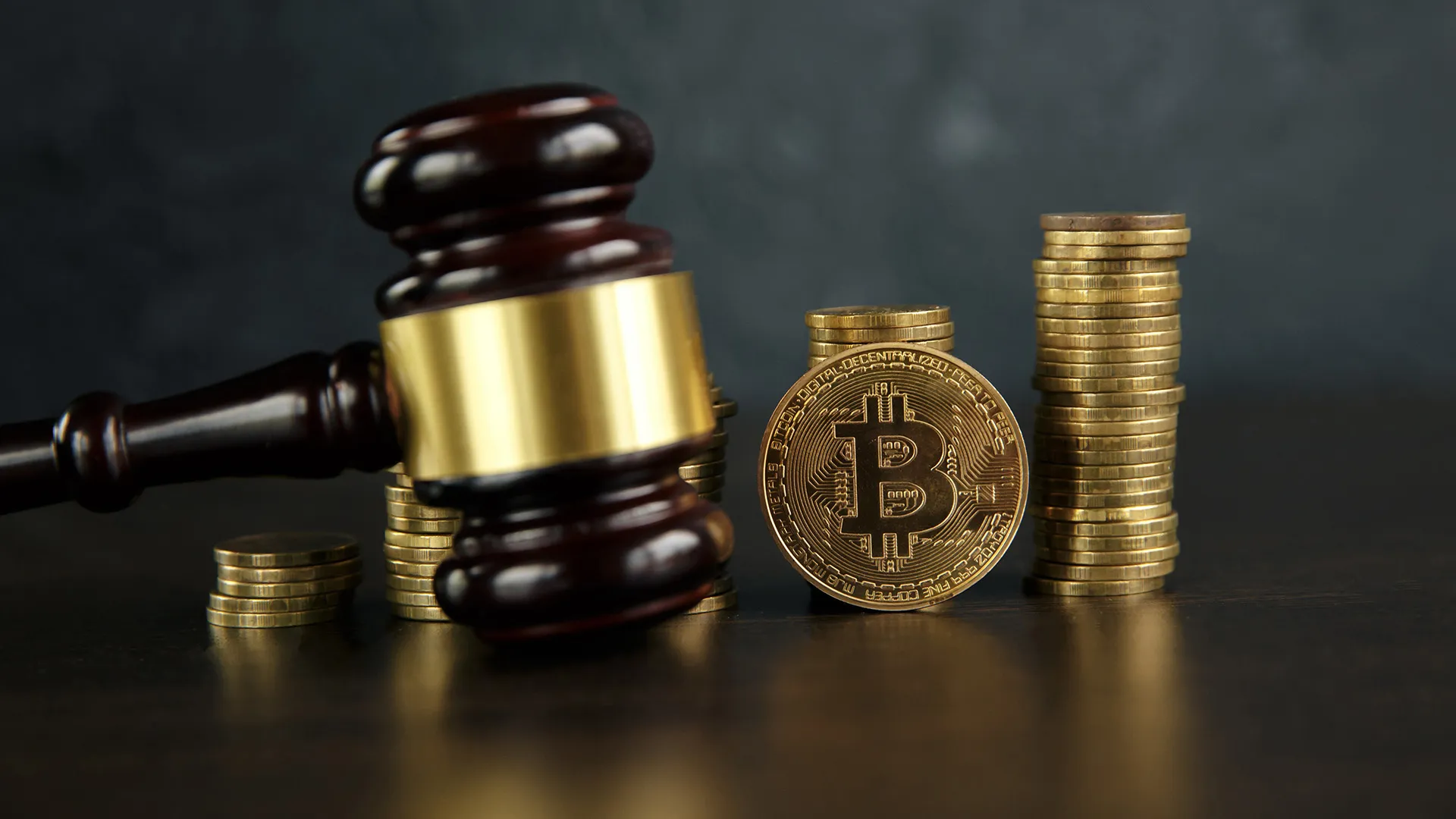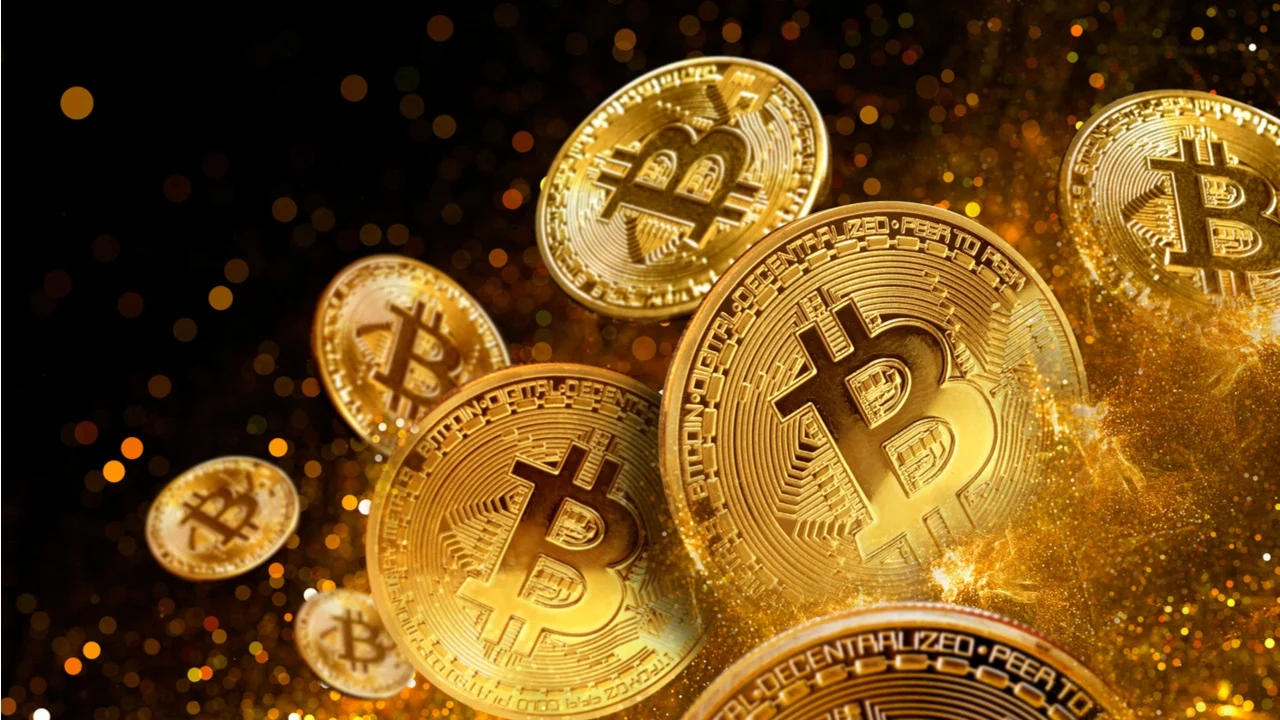The Philippines has become one of the fastest-growing crypto economies in the Southeast Asian region. From freelancers to small and medium enterprises (SMEs), Filipinos are increasingly getting into digital assets, especially stablecoins like USDT and USDC, for remittances, payments, and savings.
Awareness of BSP crypto regulations and stablecoin compliance in the Philippines is important for any individual who wishes to make transactions using digital dollars. In this blog, we will discuss BSP guidelines for stablecoins, crypto rules in the Philippines, stablecoin compliance in the Philippines, and much more.
BSP Crypto Regulations & Crypto Rules in the Philippines
To really understand crypto compliance for users, we first need to observe how the BSP positions itself in the space of digital assets.
Back in 2017, the BSP took its first major step into the crypto world with Circular No. 944. This was when the central bank introduced rules for what were then called Virtual Currency Exchanges (VCEs). These platforms had to register with the BSP and follow strict anti–money laundering (AML) standards.
Cut to 2021, the BSP revised those regulations in Circular No. 1108. Replacing VCEs, Virtual Asset Service Providers (VASPs) came into picture. VASPs included exchanges, wallet operators, as well as custodians.
Then in 2022, the BSP launched Circular No. 1153, introducing the Regulatory Sandbox Framework, allowing fintech and crypto projects, including stablecoin initiatives, to test out their ideas safely under the BSP’s supervision.
To sum it up, the BSP’s crypto regulations revolve around three main ideas: identifying and licensing service providers as VASPs, enforcing AML and cybersecurity measures, and giving innovators room to experiment through the sandbox. Now let’s look at where stablecoins stand today in the Philippines.
Stablecoin Regulations Philippines
Regulation of stablecoins in the Philippines is still unfolding. Coins.ph was approved by BSP to pilot a Philippine-Peso backed stablecoin called PHPC in its sandbox in May 2024. PHPC is 1:1 backed with cash and equivalents on Philippine bank accounts and hence remains redeemable.
In June 2025, PHPC formally exited the sandbox after achieving important performance metrics. As it exited, PHPC issuance capacity and usability were increased, subject to continued compliance, audits, and disclosures. The exit of PHPC is viewed as one of the most important stablecoin legal developments for the Philippines.
One more thing to note is that stablecoins aren't legal tender in Philippine legislation; legal tender status exists only for fiat (e.g. Philippine peso). However, this doesn't mean that stablecoins are "illegal." The BSP considers stablecoin issuance or service by VASPs under its regulation. In practice, stablecoins are regulated under the same umbrella rules as other virtual assets with AML/CFT, risk management, cybersecurity, reserve backing, and reporting obligations.
Therefore, the legal status of stablecoins in the Philippines is: allowed under regulated VASP regimes, under BSP supervision but not considered fiat or sovereign currency.
Also read about: Zero-Code Crypto Payments: Integrating TransFi Checkout for Instant Stablecoin Acceptance
What Stablecoin Users Should Know
If you’re using stablecoins like USDT, USDC, or local tokens such as PHPC, there are a few important things to understand about safety, compliance, and your responsibilities as a user.
Counterparty & issuer diligence
Because everything hinges on who is issuing the stablecoin, make sure that the issuer is working under BSP regulations or in an established regulatory sandbox. Apart from that, one must also ensure transparency and confirm if they issue proof of reserves, are audited by third-party, and explain clearly what supports their tokens. You need to be aware of your redemption rights as well, i.e., if you can safely swap those stablecoins back into pesos and how.
AML / KYC and reporting
Even as a mere user, your transactions might be subject to KYC checks. Wallet operators and exchanges have to check identities and flag suspicious transactions under anti–money laundering regulations. Out-of-pattern transfers might receive additional attention, and profits from exchanging crypto to fiat currency could be taxable in the Bureau of Internal Revenue.
Risk of platform non-compliance
There is also an actual threat if the platform you are on is not BSP-compliant. If an issuer or exchange gets into financial difficulties or loses its license, you can lose access to funds or functionality such as PHP conversion. In the worst-case scenarios, regulators might shut them down or freeze wallets.
Safety practices
For your own protection, use licensed sites that strictly adhere to BSP crypto guidelines. Limit your exposure to stablecoins with publicly available, audited reserves. It’s also smart to withdraw or reconvert your holdings occasionally rather than leave it idling in large balances. And yes, always maintain records of your transactions as they can prove useful for taxes or compliance audits later.
Regulatory Expectations for Businesses & Issuers
If you’re a business that wants to issue or use stablecoins in the Philippines, you’ll need to register as a Virtual Asset Service Provider (VASP) with the BSP. This includes maintaining adequate capital reserves, conducting regular audits, ensuring cybersecurity, and publishing proof-of-reserve reports.
Redemption and reserve have to be managed through compliant banking organizations, and there is a requirement for issuers to report their operations regularly to the BSP. Companies in the sandbox business also have to observe strict regulations concerning transaction caps, reporting levels, and monitoring on a continuous basis.
All of these requirements reflect global best practices in markets such as Singapore and Japan and guarantee that the regulatory framework for crypto in the Philippines continues to be safe, transparent, and reliable for both consumers and enterprises.
Emerging Shifts & What They Mean Going Forward
BSP is drafting pricing rules for digital payments and small transfers to promote fairness and transparency. Apart from that, PHPC’s sandbox exit is a major “proof point” that could influence future regulation.
Moving forward, user trust will hinge on compliance, with stablecoin safety and compliance practices like audits, reserves, and transparency, driving adoption. Apart from that, regulators may also formalize stablecoin laws and PHPC’s success might lead to broader rules or even a dedicated stablecoin statute.
Lastly, interoperability and cross-border flows will get more focus, especially for remittances using stablecoins.
Conclusion
Compliance with BSP crypto regulations is necessary for anyone using stablecoins in the Philippines. In accordance with the legal regulations, users and companies can use stablecoin payments in the Philippines for cross-border transactions, freelance payments, or domestic transfers.
Regulated platforms ensure stablecoin compliance in the Philippines, protect against fraud, and make crypto regulations for users straightforward. Comprehending these rules isn't merely legality, it's accessing secure, effective, and affordable digital payments that link the Philippines to the international finance system.
Platforms like TransFi facilitate this with BSP-compliant stablecoin rails, allowing businesses and individuals to make and accept payments with total trust, instant settlement, and low fees. If you want to unlock the potential of digital currencies without taking unnecessary risk, talk to an expert at TransFi and enjoy fully compliant payments in 100+ countries.
FAQs
- What are the legal requirements for using stablecoins in the Philippines?
The legal requirements for using stablecoins in the Philippines include registered exchange trading, verification through KYC, and AML/CFT compliance. You do not need a special license to keep stablecoins like USDT or USDC, but the platform must satisfy BSP crypto regulations and report suspicious transactions to the Anti-Money Laundering Council (AMLC). - How does BSP regulate stablecoins and cryptocurrencies?
BSP regulates stablecoins and cryptocurrencies with its Circular No. 1108 (2021), which deems exchanges and wallets as VASPs. They are made to undergo security audits, due diligence examinations, and financial reporting. Stablecoin issuers, however, are given a regulatory sandbox initially before ultimate approval, where reserve disclosure and consumer protection are applied. - What are the BSP guidelines for using USDT and USDC in the Philippines?
The guidelines for using USDT and USDC in the Philippines are simple: users can keep or transfer them through approved VASPs, but stablecoins are not legal tender. BSP does not really regulate foreign-issued tokens but does require all local platforms that exchange them to be compliant with standards like AML and cyber security. - How does stablecoin compliance work for Filipino users?
Stablecoin compliance for Filipino users involves identity checks on BSP-approved platforms, keeping an eye on your spending limits, and using a stablecoin supported by true fiat reserves. Using unregulated websites may expose you to scamming, fund loss, or AML breaches under Philippine cryptocurrency laws. - What are BSP rules for crypto trading and payments?
BSP rules for crypto trading and payments focus on responsibility. Licensed VASPs will be required to conduct periodic monitoring, protect customer information, and provide clear redemption facilities for stablecoins. To make payment, BSP allows merchants to receive cryptocurrency, but peso conversion must go through approved intermediaries in accordance with the BSP's circulars on cryptocurrency. - How can newbies understand Philippine crypto regulations?
Understanding Philippine crypto regulations for beginners starts with knowing that BSP controls the crypto universe, but does not forbid it. Cryptocurrencies are regarded as digital assets, and access is available to all through VASPs that follow BSP's circulars.
Daftar Isi
Artikel yang Disarankan
Jelajahi produk kami

Lakukan pembayaran global dengan kecepatan klik

Terima pembayaran, hapus batas.

Buka Transaksi Mata Uang Digital yang Mulus Di Mana Saja







.jpeg)
.png)














